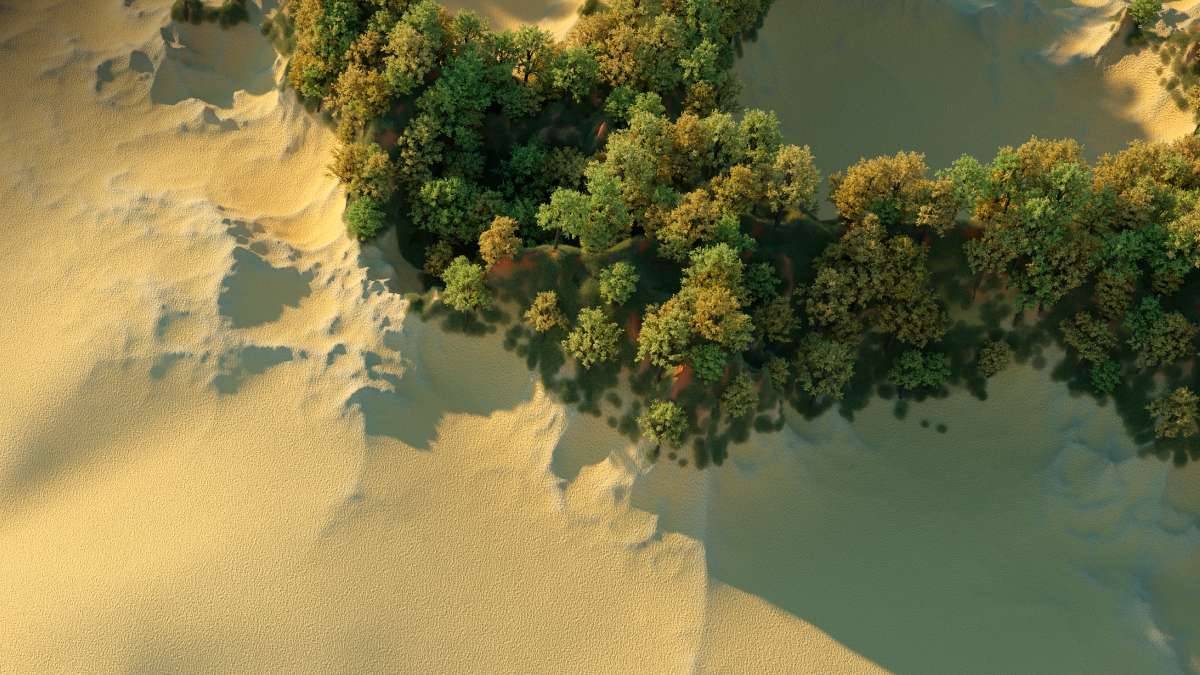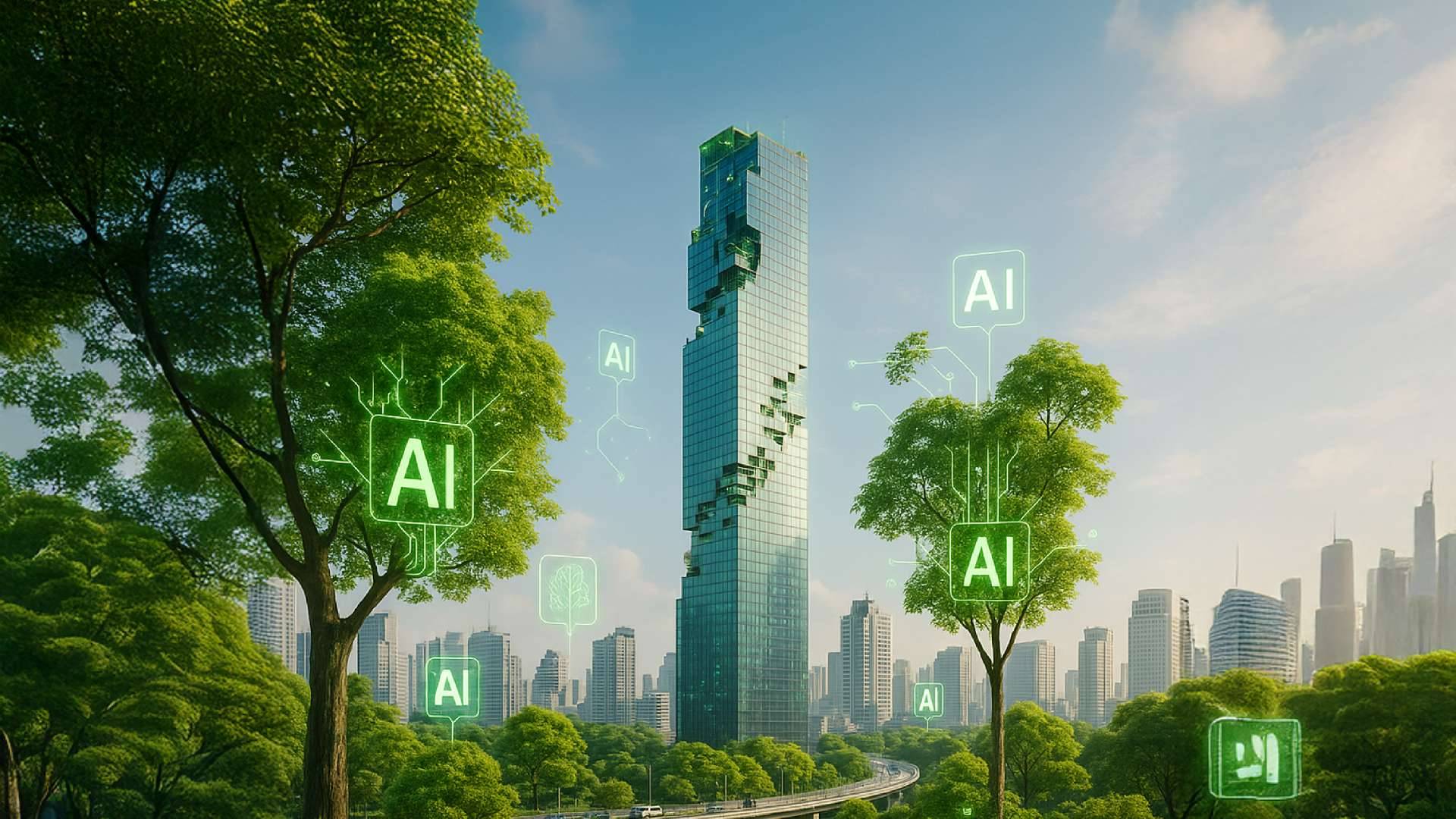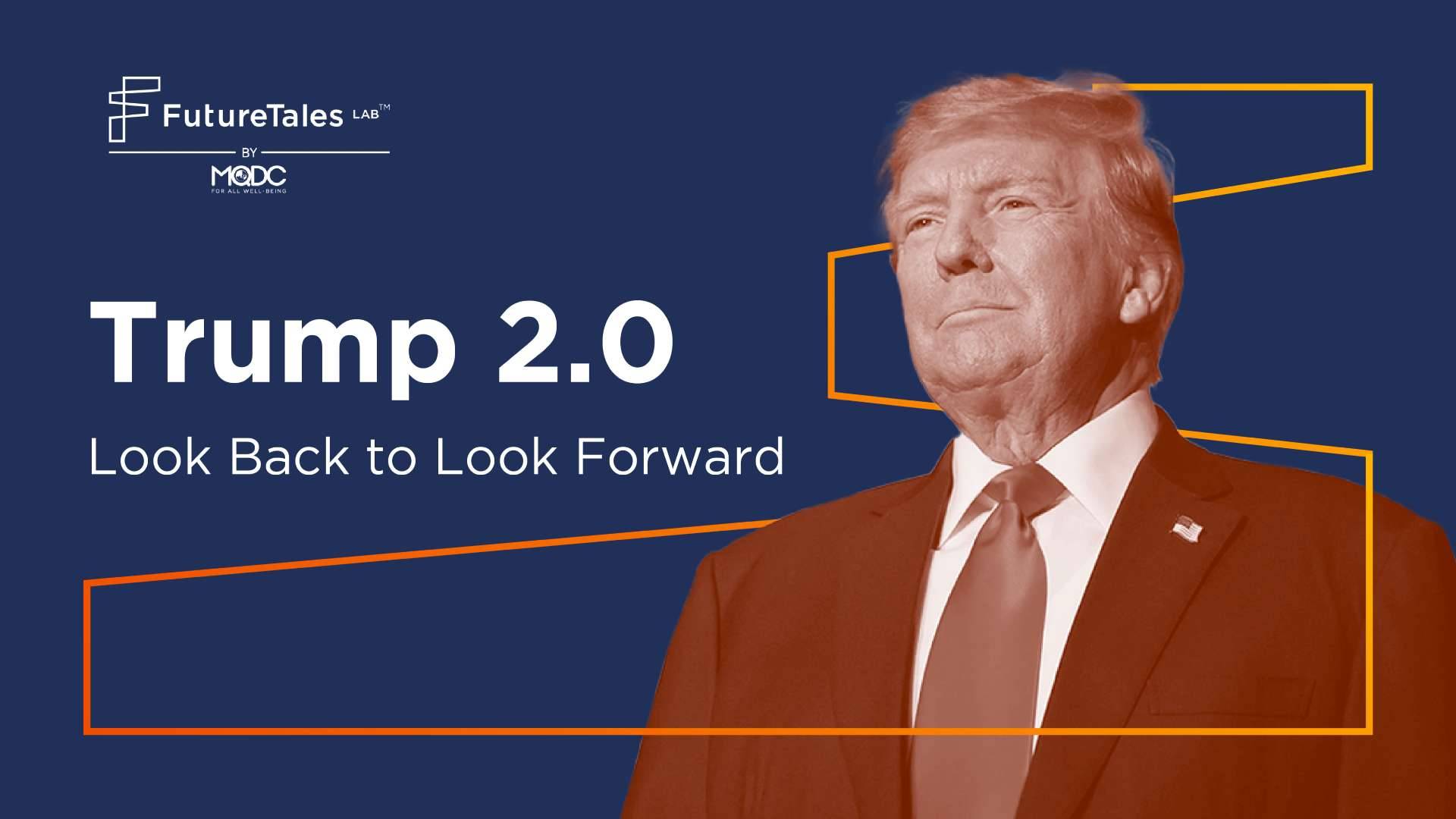
Green Is The New Brown, Making Desert Becomes Green Nature Sources
ARTICLES | Aug 16, 2022
Writer: Nuttawut Kulkaew
Editor: Wittaya Wonglor
Arid areas cover 40% of the world and have an estimated 2.1 billion inhabitants, their numbers up 18.5% from 2010 to 2020. Global temperatures are set to continue rising until 2070, so over a third of the world's population could live in desert-like environments. Most such areas are unsuited to humans or animals. Desertification and land degradation are causing up to $85 trillion in global economic losses, according to 2019 figures. Deserts are also growing 30 to 35 times faster than previously forecast.
Climate problems and lack of space may harm the economy. We need to find ways to turn deserts into rich and biodiverse economic regions to enable investment, employment, manufacturing, and tourism. Revenues these generate can support education and public health.
Many attempts have been made to make desert areas more habitable. Solar and wind can create energy security. Biotechnology and geoengineering can change sandy soil to give it more nutrients. Renewable energy can extract water from the air. Clouds and artificial rain can be generated. These innovations can be tested to suit each region. But they require funding and international agreements for safe use.
The Great Green Wall project started in 2007 in 11 countries in the Sahel, a semi-desert region in the Sahara that often experiences drought, flooding, and volatile rainfall, leading to a shortage of food and clean drinking water. The project aims to increase forest cover and prevent desertification through climate smart agriculture, forest conservation, and proper management of natural resources. Entrepreneurs can be encouraged to create over 10 million sustainable and eco-friendly jobs in rural areas.
Implications for the future:
- Turning deserts into green areas requires collaboration from all sectors, involving the state, the private sector, the people, and independent organizations. The key is to apply the appropriate technology.
- Turning the desert into a new habitat will improve people's quality of life and reduce the problems encountered by mass migration to other regions.
- The massive impacts of climate change for human needs and urban livelihoods could lead to widespread damage to local life. Potential impact should be carefully studied and trials conducted in limited areas before projects start.
Reference:
- https://www.dubaifuture.ae/wp-content/uploads/2022/02/Future-Opportunities-Report-TheGlobal50-English.pdf
- https://thestandard.co/opinion-tomorrow-geoengineering/?fbclid=IwAR0l-kp8O7Km9U5IrbO1YEMoGNPBI1LlVdnXNaD0dgVnRPxSHj0M-tQBZWk
- https://www.youtube.com/watch?v=FVTG0VHLopE
- https://www.sdgmove.com/2021/07/02/helping-africa-great-green-wall/
- https://www.noemamag.com/if-the-desert-was-green/
- https://www.scienceabc.com/eyeopeners/can-you-convert-a-desert-into-a-forest.html
- https://www.dw.com/en/how-to-prevent-the-planet-from-becoming-an-uninhabitable-desert/a-60794869
- https://www.arabianbusiness.com/industries/technology/how-a-dubai-based-start-up-is-turning-the-desert-green
Want to know more about us, click https://www.facebook.com/FutureTalesLABbyMQDC or follow at https://www.blockdit.com/futuretaleslab











